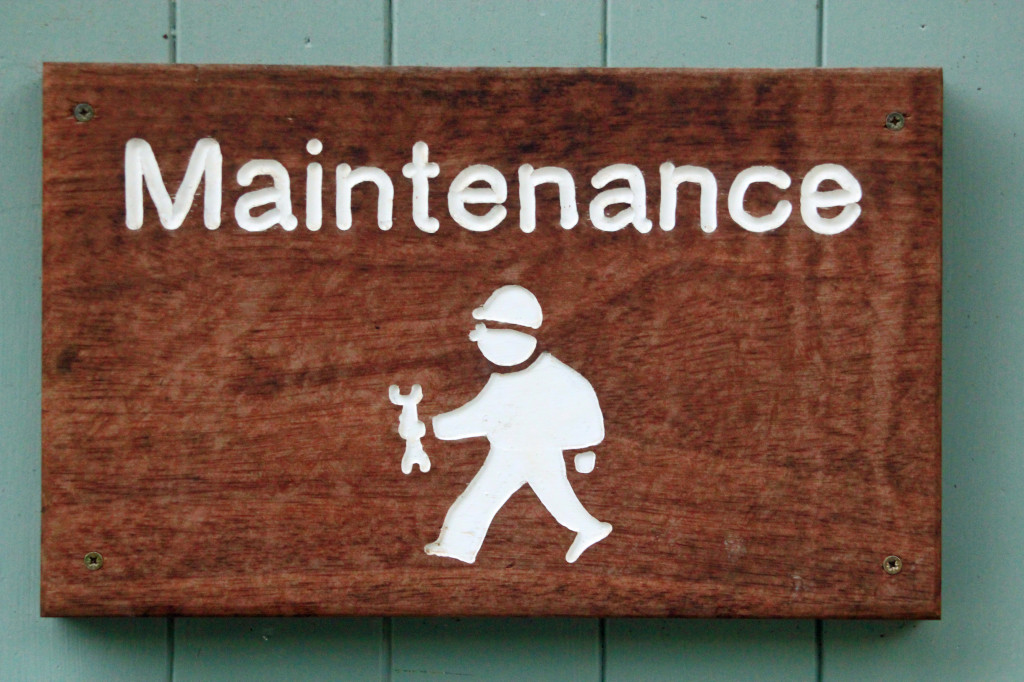Managing Competence in Aviation Maintenance and Maintenance Management is essential to the safe operation of the organisation.
An essential element of competence is appropriate training together with a core skill set with the support of effective organisation process and procedures.
Staff who work in the Maintenance Control Centre environment are exposed to many elements of the regulatory process.
The typical role of a Maintenance Control Centre in a medium organisation is to manage the in service activities of the aircraft – MCC light (MCC light little involvement in Work packages)
MCC heavy manages the oversight of the maintenance and many options in between for example – work package assignment to maintenance, repair and overhaul organisations (MROs) and aircraft on ground (AOG) spares supply. Again multiple solutions based on the organisations constraints
In a smaller organisation MCC is often integrated into the full CAMO management process
Maintenance Control Centre interfaces with Operations Control Centre to ensure the maximum availability of aircraft and to minimise maintenance downtime (Considerations relate to the optimisation of the maintenance program to meet the organisations needs MSG3 is a task based program and offers significant flexibility)
Part M
Developing Documentation – CAMO / Quality Manual / SMS Manual / Maintenance Contract and Interface Procedures
Reliability – Ensuring optimum & effective maintenance
Technical Engineering Understanding Part 21 Subpart G & J functions (Technical Management of Major Mods (STC) Mods & Repairs) – PMA / EPA – TSO & ETSO
Technical Records – Control and retention of Continuing Airworthiness Records – Management of Recurrent tasks (last done – next due)
Maintenance Planning – Management of Routine and Continuing Airworthiness Tasks (CAW) – Management of Maintenance Due
Part 145
Interface with the AMO to ensure oversight of the maintenance In Accordance With (IAW) EASA part M requirements.
Control of Critical Maintenance Tasks
The Operator has specific responsibility to ensure regulatory compliance of all elements required to ensure the ongoing compliance and effectiveness of the maintenance product
To comment that in 2 days it is not possible to provide the skills and knowledge to set up an effective maintenance control centre (MCC) it is a significant organisational specific process
That what is being requested but cuts through a significant number of courses all of which have a direct bearing on function of the MCC.
There are a number of questions below which will help to structure in a more formal way such a course which will be of benefit
Managing the Training & Competence of MCC Staff – Conducting a training needs analysis
Usually MCC Staff work for the operators and are connected to the CAMO group
Department Configurations range from MCC light to Full MCC incorporating Line Maintenance Production Planning Control
First to identify there is no typical MCC – each organisation is structured in a different way and the department structure will depend very much on many of the following factors
1/ Number of aircraft operated
2/ type of aircraft operated
3/ Number of employees within the CAMO
4/ Number of employees within the MCC or planned
5/ Choice of Software to support the MCC Function / Stand alone / Integrated within he OPS environment / Integrated within the Maintenance environment what is currently in use?
6/ AMO – same organisation or 145 service provider (if service provider – how many?)
7/ How much of the CAMO activity is outsourced?
8/ Integration of Defect Analysis and Reliability how is it performed?
9/ What is the function of the MCC from Deep Planning to Line Planning
10/ How is out of phase maintenance managed
11/ Supply Chain, AOG and robbery management who is responsible how big is the team dedicated 24 / 7 or other options
12/ Developing Interface procedures between MCC and all other stake holders use of workshops to identify required roles and responsibilities.
Considerations of the various elements which involve the role of MCC within the organisation.
Example Scope of MCC activities
a) Maintenance database – Maintenance Planning Function (CAMO)
b) Maintenance programme – Maintenance Planning / Reliability (CAMO)
c) airworthiness directives reference – Maintenance Planning / Tech Records / Engineering (CAMO)
d) Assessment of deferred maintenance items – Engineering MCC (CAMO)
e) Aircraft condition monitoring (QC & QA) (CAMO Technical Services & Reliability)
f) Maintenance planning and layover coordination MCC / MP
g) Priority of maintenance activities MCC / MP
h) Assignment of resources, including manpower AMO Production Planning
i) Maintenance support – AMO
j) Trouble shooting support MCC
k) AOG support and coordination MCC
l) Maintenance control MP / MCC (CAMO)
m) Minimum equipment list dispatch control – AMO
n) Facility and manpower assignment – AMO
o) Work (package) assignment to maintenance AMO performance control MP (CAMO)
p) Management of Airworthiness Review status of the aircraft
Sofema Aviation Services offers a range of support services from assisting with the development of Training Needs Analysis (TNA) to facilitating workshops, supporting the production of documentation and the delivery of EASA compliant aviation training.
For details please see www.sassofia.com or email office@sassofia.com




